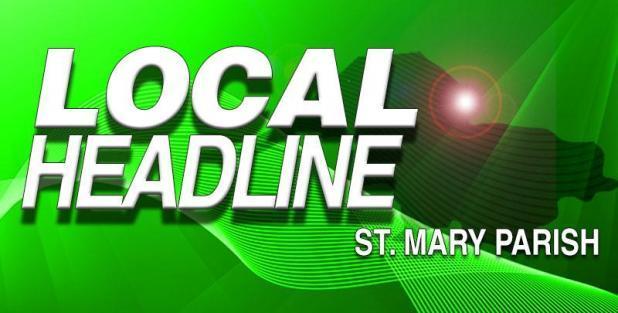
From the Editor: Looking ahead to the world after COVID-19
We’re all too aware of the way COVID-19 has changed our lives in ways that are both annoying and tragic.
Thousands of St. Mary people have been thrown out of work, and the parish wasn’t exactly flush before the pandemic.
Stores have closed. Curfews and limits on store hours, since lifted, were imposed.
Schools closed. Seniors are wondering when they’ll be recognized as high school graduates.
Tests have turned up 205 St Mary people who have been infected with COVID-19.
Twenty-five of them have died.
That’s what’s happening now, and it’s changing as the state and local governments move to reopen the economy gradually.
But what will the world be like in the fall, or the winter, or this time in 2021?
Some changes we may see:
—The disease itself. With no special knowledge of science or medicine, I’m wondering why the Louisiana daily death count remains so high while the spread of the disease, as measured by daily case counts, has been declining for weeks now. Could it be that COVID-19 will turn out to be less common but more lethal in the future?
—Where we work. It’s possible that boss types out there are thinking, “You know, if our nonessential people could work at home all the time, we could get by with a smaller building, less for utilities, less office furniture …”
Or it may be that your boss can’t wait to get you back in the office to make sure you’re not playing Angry Birds all day.
We’ll have to see how productive we’re judged to be during the stay at home time.
—Fracking. By some accounts, at least, the energy industry was already beginning to wonder before the pandemic whether the fracking-fueled oil boom that started about 2010 was really a good idea. It certainly didn’t do people any good in St. Mary, where the energy work we depend on happens offshore.
Now, a combination of a Saudi-Russian price war and depressed demand because of the pandemic has pushed the price of U.S.-benchmark crude below $20 a barrel.
Before COVID-19, the industry was beginning to ask whether it was really making money when oil was $45 or $50 a barrel.
Maybe, in the long run, offshore exploration and production will become more attractive. But not at $16 a barrel.
If there’s an industry watching energy prices even closer than the energy industry is, it’s Louisiana’s petrochemical industry.
A lot of that industry is tied up in making the feedstock from which plastics are made. A wise and kindly chemical flack once explained that Americans make plastic out of ethylene, which comes from natural gas. The Old World uses naphtha as its feedstock. Naphtha comes from oil.
The magic number, explained Mr. Flack, is seven. If the price of oil is at least seven times the price of natural gas, then U.S. ethylene is the better buy.
On Tuesday, contracts for West Texas intermediate crude futures were going for $15.88 per barrel on the NYMEX. Natural gas was going for $1.87.
So the market is still leaning toward U.S. feedstock.
—Health care. The system by which care is delivered is in for some changes, one way or another.
Maybe it will turn to more reliance on the free market. Maybe it’ll go totally Medicare.
Maybe we’ll work out something in between, like Switzerland’s system of heavily regulated insurers being required to offer affordable basic coverage to everyone.
But a system in which 20 million to 30 million people remain uninsured, and in which a majority gets its coverage from jobs that aren’t as secure as they seemed three months ago, is looking like a loser.
The federal deficit was pushing $1 trillion before Uncle Sam started passing out $1,200 checks and paying businesses to keep employees on their payrolls. Picking up the tab for treating the uninsured looks like another huge burden.
Who was that
masked man?
After being told not to wear surgical-type masks in public, we’re now being told to wear masks. To judge by the way people snapped up the masks at giveaways in Morgan City, Patterson, Berwick, Amelia and Bayou Vista, we’re ready to do our part.
But did you know that it can be illegal to wear masks in Louisiana?
That became clear at a trial I covered in 1996.
A Lafayette cable access show called “The Klan in Akadiana” had been causing all kinds of trouble, but no one could get it shut down.
One week, the show had a guest who wore a mask because, it turned out later, he was a local fire department officer.
The NAACP swooped in and filed a complaint under the anti-mask law.
The show survived the trial but finally ended when the media revealed that the host had shared an apartment with an African American woman while he was doing the show.
Don’t worry about getting arrested for wearing the mask you’re supposed to wear.
The law applies only to masks worn to conceal the wearer’s identity.
Bill Decker is managing editor of The Daily Review.
